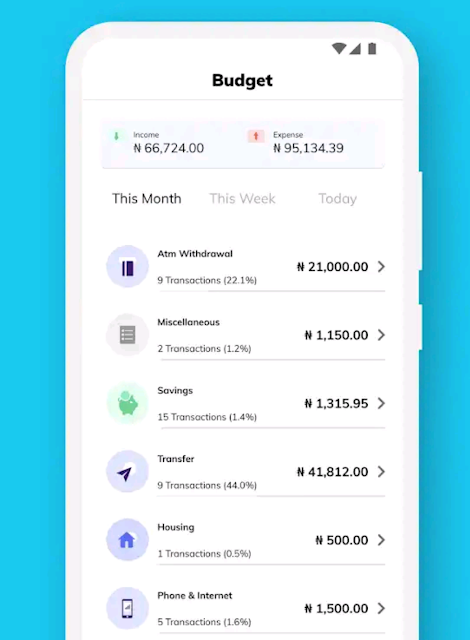The
Bureau of Labor Statistics defines unemployed people as those who are jobless and have actively looked for work in the past four weeks. If they don't keep looking, the BLS doesn't count them in the
labor force.
Four Causes of Frictional Unemployment
One reason for unemployment is voluntary. Some of the unemployed have saved enough money so they can quit unfulfilling jobs. They have the luxury to search until they find just the right opportunity.
The second cause is when workers must move for unrelated reasons. They are unemployed until they find a position in the new town.
The third reason is when new workers enter the workforce. That includes students who graduate from high school, college or any higher degree program. They look for a job that fits their new skills and qualifications.
That's a primary reason for youth unemployment.
The fourth reason is when job seekers re-enter the workforce. These are people who went through a period in their lives when they stopped looking for work. They could have stopped working to raise children, get married or care for elderly relatives.
These four situations are an unavoidable part of the job search process.
The good news is that frictional unemployment is usually voluntary and short-term.
Two Causes of Structural Unemployment
Structural unemployment is neither voluntary nor short-term. These next two causes usually lead to long-term unemployment.
The fifth cause is advances in technology. That's when computers or robots replace workers. Most of these workers need more training before they can get a new job in their field.
The sixth cause is
job outsourcing. That's when a company moves its manufacturing or
call centers to another country. Labor costs are cheaper in countries with a lower
cost of living. That occurred in many states after
NAFTA was signed in 1994. Many
manufacturing jobs moved to Mexico. It also occurred once workers in
China and
India gained the skills needed by American companies.
What Causes Cyclical Unemployment?
The seventh reason for unemployment is when are fewer jobs than applicants. The technical term is
demand-
deficient unemployment. When it happens during the
recession phase of the
business cycle, it's called cyclical unemployment.
Low consumer
demand creates cyclical unemployment. Companies lose too much profit when demand fall. If they don't expect sales to pick up anytime soon, they must lay off workers.
Does Raising the Minimum Wage Cause Demand-Deficit Unemployment
Demand-deficient unemployment sometimes occurs when wages are too high. That's one of the arguments against higher
minimum wages. Critics argue that when businesses are forced to pay a higher salary per person, they must let other workers go. In some price-sensitive industries, that's true. But most companies can pass the cost onto their customers. (Source: "
Structural/Frictional and Demand-Deficit Unemployment in Local Labor Markets," National Bureau of Economic Research, July 1988.)
Not All Causes of Joblessness Create Unemployment
If someone gives up looking for work, on the other hand, the BLS does not count them in the
unemployment rate.
If someone retires, goes back to school or leaves the work force to take care of children or other family members, that is not unemployment. That's because they no longer look for work. Even if they would prefer a job, the BLS doesn't count them as unemployed unless they looked in the past month.
People who have searched in the past year, but not the past month, are called marginally unemployed. They are included in the BLS’s “
real unemployment rate.” Some people say the government undercounts unemployment by reporting the official rate, rather than the “real” rate
Well dear friends with all this unemployment issues, the world can never be a better place us especially for the youths, the solution is we need to create what will earn income for us ourself



